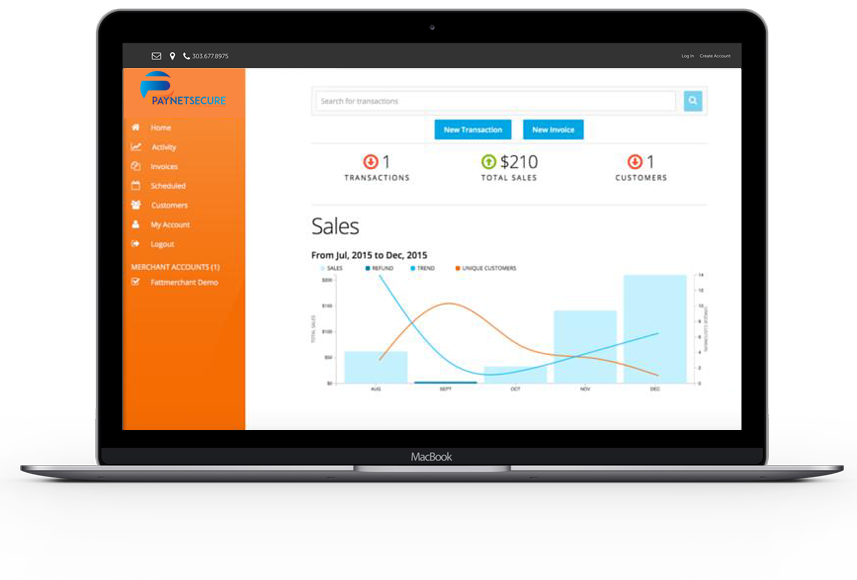Electronic payment processing card fraud cost $8.6 billion in 2008. The fraud rate, was 0.4% of $2.1 trillion in total charge volume in 2008.
A new report about fraud management from Aite Group says that end-to-end encryption of cardholder data during an electronic payment processing transaction is the most practical solution for card fraud. Although the solution is not perfect, it’s the best one currently available. End-to-end encryption cannot stop all card fraud, nor can any other single technology
The most common type of fraud, accounting for almost 50% of all cases, is called first-party fraud. This occurs when a person opens a credit card account and makes timely payments for a period of time. Then, the person runs up charges to the maximum credit limit on the card or takes out a cash advance and doesn’t pay the debt.
The second most common type of fraud is third-party fraud. This occurs when criminals steal or buy card data and use the information to make counterfeit cards or to make charges without cards over the telephone or online. Online and telephone credit card fraud account for 16.1% of fraud losses and cost $1.39 billion in 2008. Counterfeit card fraud cost $1.35 billion and accounted for 15.7% of fraud.
Other fraud includes fraud from lost and stolen cards which is accounts for 16.5% of fraud or $1.42 billion. Identity theft, despite all the publicity surrounding it, accounts for only 1.5% or $129 million in fraud loss.
Aite estimates it would cost $4 billion to implement end-to-end encryption on a nationwide scale and would take two years to fully roll out. The return on investment, or is an estimated 1.6 years based on elimination of $2.5 billion in annual fraud.
For more information, contact info@paynetsecure.net
